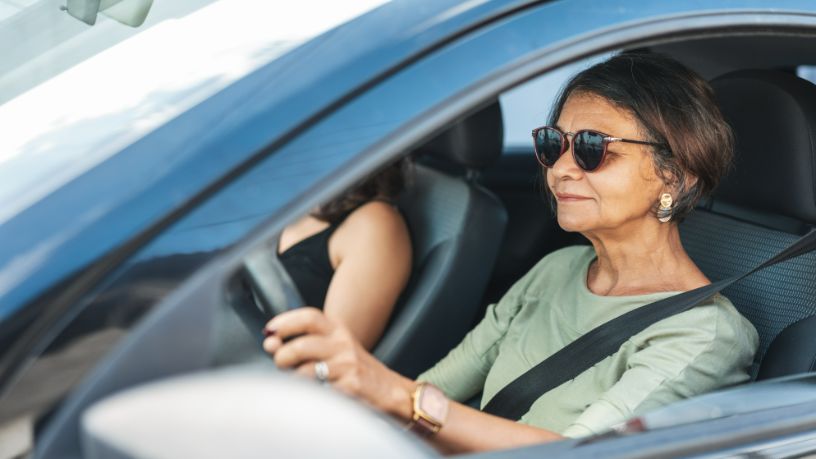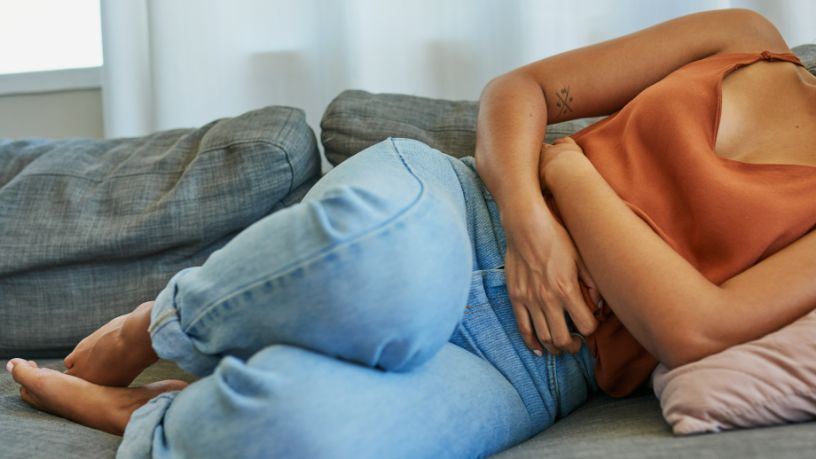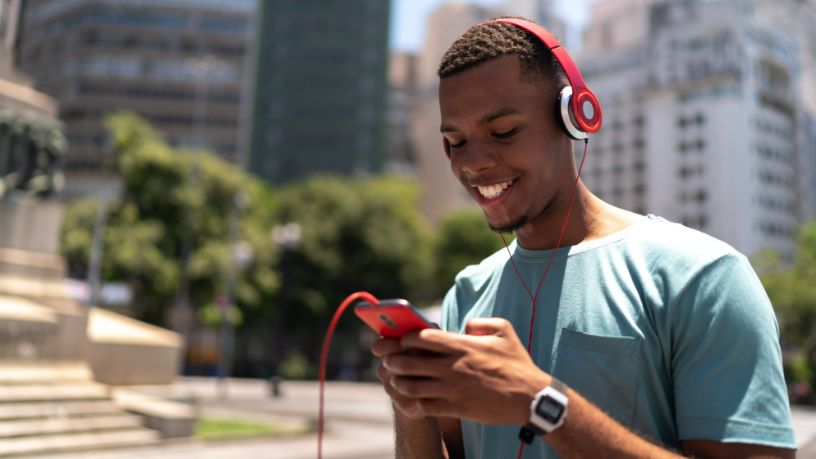Key takeaways
- Early detection of skin cancer significantly reduces your risk of a serious outcome.
There are different approaches to skin checks, including GPs, dermatologists and specialist screening services.
Learn how to self-check your skin, so you can keep your risk of this deadly cancer at bay.
As the main cause of skin cancer is overexposure to sunshine, Australians are particularly vulnerable to this potentially deadly disease. In fact, more than 2 out of 3 Australians develop skin cancer at some point in their lifetimes.1
While prevention is always better than cure, detection is a close runner up when it comes to skin cancer. If caught and treated early enough, there’s a 95% chance of beating it.2
But how do you ensure that your skin is cancer-free?
Skin cancer in Australia
Australia has one of the highest skin cancer rates in the world, resulting in about 2,000 deaths every year.1
There are 3 main types of skin cancer:
- melanoma
- basal cell carcinoma (BCC)
- squamous cell carcinoma (SCC).
BCC and SCC are non-melanoma skin cancers, and the most common types. Melanoma, while less common, is the deadliest skin cancer.
Skin cancer can affect anyone. But your risk increases the more you expose your skin to the sun. Other factors that increase your risk of developing skin cancer include:
- age. Older people are more vulnerable to skin cancer
- genetics. Having pale, freckled skin, red hair and light-coloured eyes can make you more susceptible. Likewise, a family history of skin cancer increases your risk
- skin type. People with lots of moles or freckles are at a greater risk, while skin conditions like sunspots can indicate that you’re prone to sun damage
- medical conditions. This includes conditions that weaken your immune system or a previous skin cancer diagnosis
- lifestyle. Spending too much time in the sun, or in a sunbed, increases your chance of developing skin cancer. Smoking may also increase your risk.3
If you’re at risk of skin cancer, you should check your skin regularly. This may be particularly time-sensitive if you notice:
- any new spots
- crusty sores that don’t heal
- moles or freckles that have changed in size, shape or colour
- small red, pale or pearly lumps.4
How to check your skin
Unfortunately, there is currently no national screening program for skin cancer in Australia. Meaning, checking your skin has to be done at your own initiative and, often, your own cost.
But when it comes to skin cancer, early detection is vital. Thankfully, there are several ways to go about it.
Your GP
As skin cancer is common in Australia, there’s a good chance your GP will know how to check your skin for suspicious spots.
According to one study, your doctor will have better results if they’re trained to use a dermatoscope, a special dermatological magnifying glass that helps spot signs of skin cancer.5
Your GP will also be able to refer you to a dermatologist or other specialist if necessary.
A dermatologist
Dermatologists are specialist skin doctors who are experienced at detecting and diagnosing skin cancer.
You will need a referral from your GP to visit a dermatologist, and you may need to wait for a period before the appointment. If you’re concerned that you may need immediate attention, talk to your GP about finding a solution.
The dermatologist can investigate your skin and, if necessary, perform biopsies and remove suspicious spots.
Bupa Health Programs
Discover our programs designed to help you recover and stay out of hospital where you can.
Specialist screening services
Your GP or dermatologist may recommend that you visit a screening specialist to have your skin periodically checked, especially if you’re at a higher risk (such as having lots of moles).
For instance, MoleMap is a specialist skin detection clinic that photographs and analyses your skin, flagging any suspicious areas that you’ll need to follow up with your doctor.
Other screening clinics may also be able to perform biopsies and removals.
Self-checking
If you’re at risk of skin cancer, it’s a good idea to become familiar with your body and, if possible, perform regular self-checks.
As well as the suspicious signs mentioned above (like new spots and changes to moles), each type of skin cancer has its own specific things to look out for.
For melanoma, Cancer Council recommends following the ‘ABCDE’ guide. Using a full-length mirror, check each spot for the following:
- asymmetry. You should be suspicious of irregular and uneven-looking spots
- border. Be wary of spots with spreading or irregular sides (not smooth)
- colour. Watch out for spots dotted with colours like white, black, blue, red or grey
- diameter. Look for spots that are growing
- evolution. Think about spots that have evolved in any way.6
Remember to check parts of your body that aren’t exposed to the sun, such as the soles of your feet, between your fingers and toes, and your nails.
If you notice anything unusual, book in to see a doctor right away.
If you have trouble performing your own self-check, you might ask someone to help. You can also take photos of anything suspicious to refer back to.
Costs
The cost of having your skin checked will vary from service to service, and only certain things may be covered by Medicare.
Before making any appointment (particularly with dermatologists or specialist screening services, which can be more expensive), make sure you ask them about all of their costs.
You may be able to find a GP that bulk bills or receive treatment through a public hospital.
Resources
Cancer Council offers resources online and over the phone on 13 11 20.
MoleMap is a skin cancer screening service that’s available Australia-wide. Visit their website or call them on 1800 665 362.

At Bupa, trust is everything
Our health and wellbeing information is regularly reviewed and maintained by a team of healthcare experts, to ensure its relevancy and accuracy. Everyone's health journey is unique and health outcomes vary from person to person.
This content is not a replacement for personalised and specific medical, healthcare, or other professional advice. If you have concerns about your health, see your doctor or other health professional.
1SunSmart. (2024). Skin cancer facts & stats. SunSmart.
2Better Health Channel. (2024). Melanoma. Victoria State Government, Department of Health.
3Cancer Council. (2024). About skin cancer. Cancer Council.
4Healthdirect. (2023). Should I be checked for skin cancer?. Healthdirect.
5Menzies, S.W., Emery, J., Staples, M., et al. (2009). Impact of dermoscopy and short-term sequential digital dermoscopy imaging for the management of pigmented lesions in primary care: a sequential intervention trial. British Journal of Dermatology, 161(6). 1,270-1,277.
6Cancer Council. (2024). Check for signs of skin cancer. Cancer Council.
You might also like...
Skin cancer: Understanding the main types
Skin cancer is the third most common cancer in Australia, but it can be treated if caught early on. Learn about the main types, plus how you can stay safe in the sun.
What your poo says about your health
The key to understanding your gut health may be easier than you think. All you need to do is check before you flush.
How to check for breast cancer
The better you know your breasts, the more likely you’ll be to notice any changes. Learn how to check for the signs of breast cancer at home.
Knowing your nuts: A guide to self-checking your testicles
More than 900 Australian men will be affected by testicular cancer this year. Learn how to check for early signs and symptoms.





